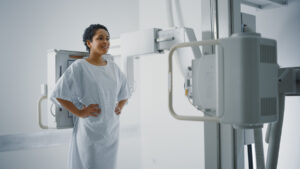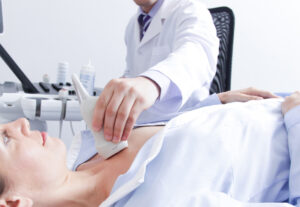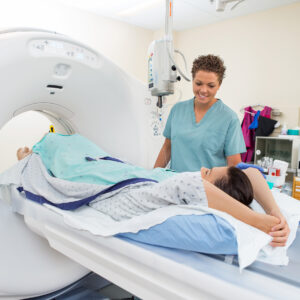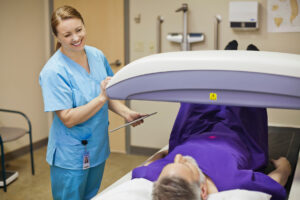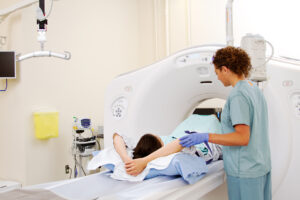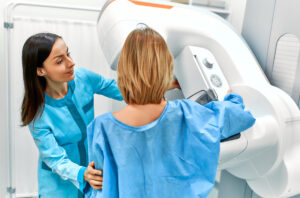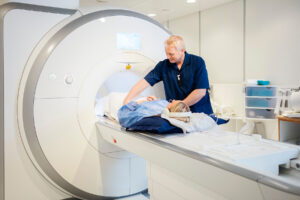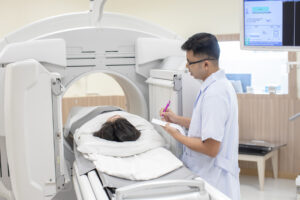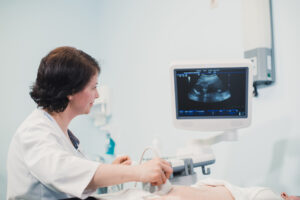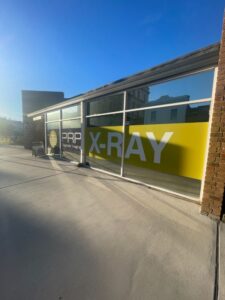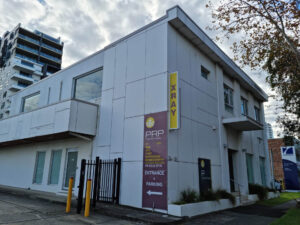PRP's CT Guided Injections Service Information
CT guided injections are used to deliver medications straight into an area (typically back and neck) that is effected by extreme pain. These injections are considered when traditional physiotherapy and oral pain killers have not provided relief.
There are three main types of injections;
• Facet Joint Injections
• Perineural Injections
• Epidural Injections
Occasionally these injections are performed to help diagnose the cause of the pain.
Please advise us beforehand
If you are, or may be, pregnant or if you are diabetic.
Please also advise us if you have a recent history of peptic ulcers or on blood thinners.
Preparation
Please bring your referral, Medicare and Pension Health Care Cards with any previous imaging relating to the region being scanned.
Please confirm with your Doctor that you should continue taking your normal medicines.
You will need someone to accompany you in order to ensure you get home safely.
What happens during the procedure
You will be asked to lie face down on the CT table. We will then take a planning CT scan.
At the area of your injection, you’ll receive a local anaesthetic. The radiologist will place a very fine needle into the exact location to be injected using CT guidance. Medication is then injected into the area – the medication includes an anaesthetic plus an anti-inflammatory.
The anaesthetic should start working before you leave our practice, and will wear off after approx 8 hours. The anti-inflammatory is long lasting – with the effects up to 3 months – however it may not begin working for several (2-7) days following the injection.
How long does it take?
A CT Guided Injection normally takes around 15 minutes.
After your examination
You may experience numbness in the legs, arms, back or face. This should last only for a few hours.
It is usual to experience immediate pain relief with the pain returning around 8 hours later. Then at anytime from 2 days later, you should start experiencing relief from the anti inflammatory.
Avoid exercise and strenuous activity for around 2 weeks.
Your images and report
After your examination, the most pertinent images from your study will be available on the myPRP patient portal. A report, along with the images will be sent directly to your referring doctor. PRP will store digital copies of all studies on our secure database for comparison with any future examinations.
Please bring any previous X-rays with you.
It is important that you return to your doctor with your examination results. Whether they are normal or abnormal, your doctor needs to know promptly so that a management plan can be formulated.
Possible complications
Although these are not common, possible risks include;
Bleeding at the injections site
Infection in the epidural space
You may have a headache for a few days if the fluid sac around the nerves is punctured
Spinal cord injury (very rare)
Please seek medical advice if any unusual symptoms persist.
Testimonials
I would not go anywhere else for Diagnostic imaging. All staff from reception to radiographers are excellent, friendly and very caring. Thank you all for doing a wonderful job. – Wendy Sharp

